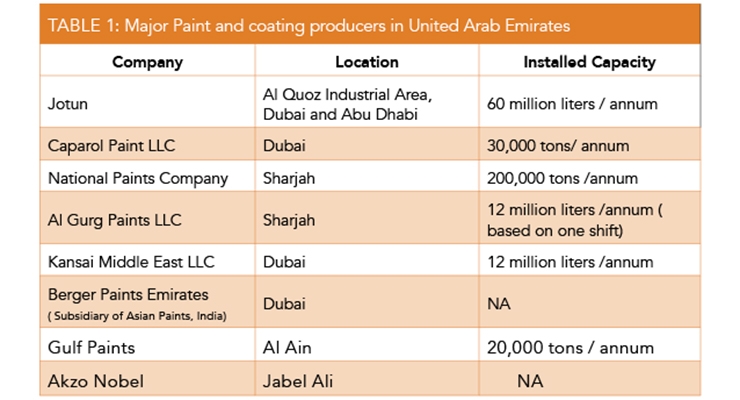Check Out The Role Of Seasonal Factors In The Success Of Commercial Exterior Paint And Uncover The Very Best Times To Safeguard Lasting Results For Your Job
Check Out The Role Of Seasonal Factors In The Success Of Commercial Exterior Paint And Uncover The Very Best Times To Safeguard Lasting Results For Your Job
Blog Article
Created By-Ford Celik
When you're preparing a business exterior paint job, seasonal factors can make or break your outcomes. You'll want to consider exactly how temperature level and humidity influence paint application and drying times. Choosing the appropriate period can guarantee your paint adheres appropriately and lasts much longer. But which periods are absolutely the most effective for this type of work? Allow's explore the crucial elements that can affect your project's success.
The Effect of Temperature Level on Paint Application
When you're intending an industrial exterior paint job, the temperature level can dramatically impact how well the paint sticks and dries out.
Preferably, you intend to repaint when temperature levels range between 50 ° F and 85 ° F. If it's too cold, the paint may not cure correctly, bring about issues like peeling or cracking.
On the other hand, if it's too warm, the paint can dry out also quickly, stopping correct attachment and resulting in an unequal coating.
You need to additionally take into consideration the moment of day; early morning or late afternoon offers cooler temperatures, which can be a lot more beneficial.
Always check the maker's referrals for the details paint you're utilizing, as they commonly give support on the perfect temperature level array for optimum results.
Moisture and Its Result on Drying Times
Temperature level isn't the only environmental factor that influences your commercial exterior paint job; humidity plays a considerable role too. High humidity degrees can reduce drying times substantially, impacting the general quality of your paint task.
When the air is filled with wetness, the paint takes longer to heal, which can cause concerns like poor attachment and a greater danger of mold growth. If you're painting on a particularly moist day, be prepared for extensive wait times in between coats.
https://housepainternearme11109.thelateblog.com/35650259/recognize-the-necessary-questions-to-position-before-selecting-a-painting-professional-to-guarantee-high-grade-results-what-additional-variables-could-simplify-your-decision-making-procedure to check neighborhood weather and plan as necessary. Ideally, go for moisture levels between 40% and 70% for optimal drying.
Maintaining these factors in mind ensures your job stays on track and delivers an enduring surface.
Best Seasons for Commercial Outside Paint Projects
What's the very best time of year for your commercial outside paint jobs?
Springtime and early autumn are usually your best bets. During these periods, temperatures are mild, and moisture levels are frequently reduced, creating ideal conditions for paint application and drying out.
Stay https://indoor-painters-near-me55432.ourcodeblog.com/35356516/a-well-chosen-specialist-painting-company-can-make-an-impressive-distinction-in-your-room-but-are-you-considering-the-important-inquiries-that-add-to-success of summertime's intense heat, which can trigger paint to dry as well swiftly, bring about poor bond and finish. Likewise, wintertime's cold temperature levels can prevent proper drying and curing, running the risk of the longevity of your paint task.
Go for j painting services with temperature levels between 50 ° F and 85 ° F for optimum outcomes. Keep in mind to examine the regional weather prediction for rainfall, as wet problems can ruin your project.
Planning around these variables ensures your paint job runs efficiently and lasts much longer.
Final thought
To conclude, intending your commercial exterior painting tasks around seasonal considerations can make a substantial difference in the end result. By scheduling work throughout the ideal temperature levels and moisture degrees, you'll make certain far better bond and drying out times. Keep in mind to watch on regional weather forecasts and select the correct time of year-- springtime and very early autumn are your best options. Taking these actions will assist you achieve a resilient and expert finish that lasts.
